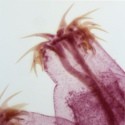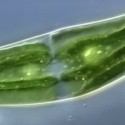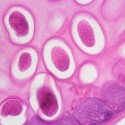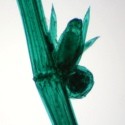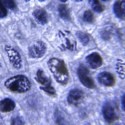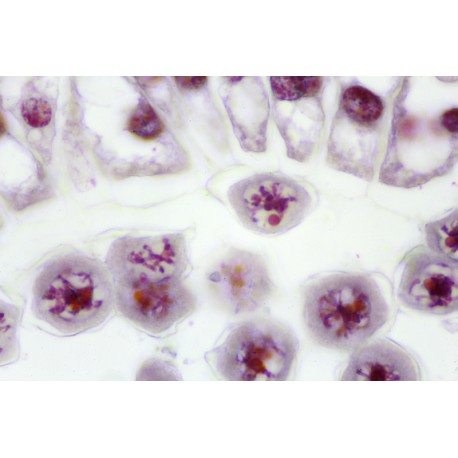No products
Prices are tax excluded
Development of the Microspore Mother Cells of Lilium candidum Slide Set
JL-9CEG
New product
This set includes Leptotene, Zygotene, Pachytene, Diplotene, Diakinesis, Metaphase and anaphase of the first (heterotypic) division, Telophase of the first and prophase of the second division, and more.
Back-ordered item - 10 weeks
By buying this product you can collect up to 28 loyalty points. Your cart will total 28 points that can be converted into a voucher of $4.20.
Volume discounts
| Quantity | Discount | You Save |
|---|---|---|
| 2 | 3% | Up to $17.39 |
12 slides
1 - Leptotene, the chromosomes appear as fine threads
2 - Zygotene, the homologous chromosomes associate in pairs. The chromosomes appear as strings of beads
3 - Pachytene, complete pairing of the chromosomes
4 - Diplotene, shortening of the chromosomes by contraction. Interchange of chromatin between the maternal and paternal chromosomes (crossing over)
5 - Diakinesis, further contraction of the bivalents, the nuclear membrane disappears
6 - Metaphase and anaphase of the first (heterotypic) division, showing spindle threads. Two haploid sets of chromosomes are separated
7 - Telophase of the first and prophase of the second division
8 - Metaphase and anaphase of the second (homeotypic) division, two mitotic figures are present
9 - Pollen tetrads, four nuclei are formed after the second division, each bearing the haploid number of chromosomes. Formation of cell walls
10 - Uninucleate microspores after separation of daughter cells
11 - Mature two-nucleate pollen grains at the time of shedding. Each pollen grain possesses a tube cell and a generative cell
12 - Mature pollen grains, w.m. to show structure of the cell walls


